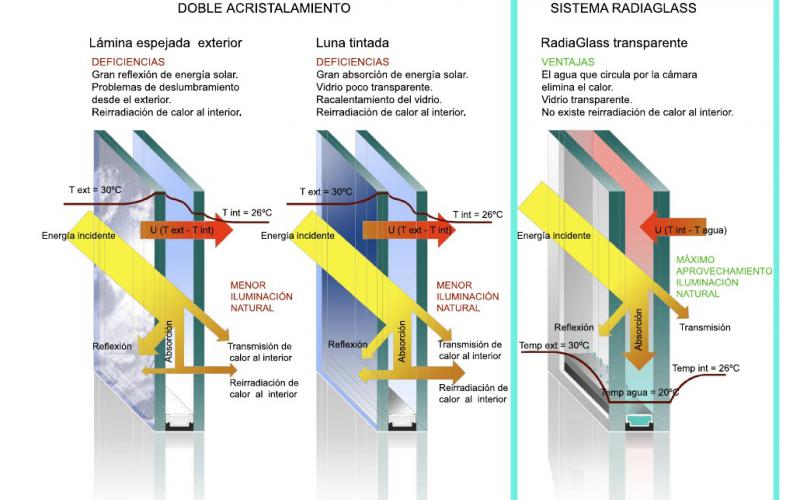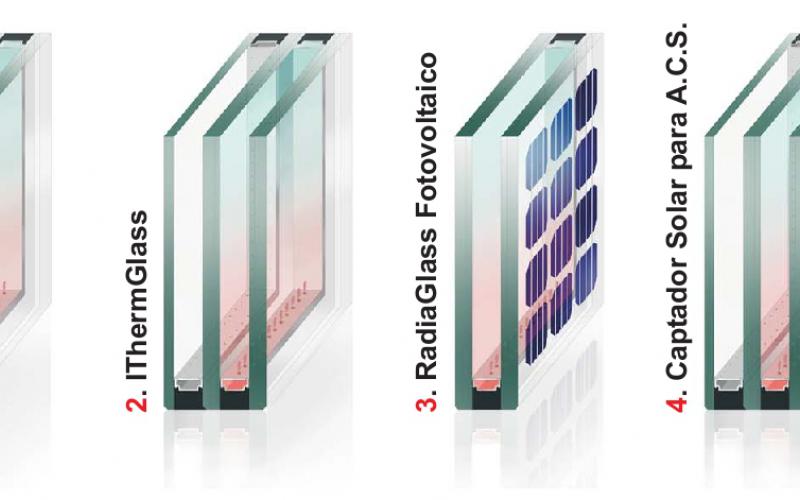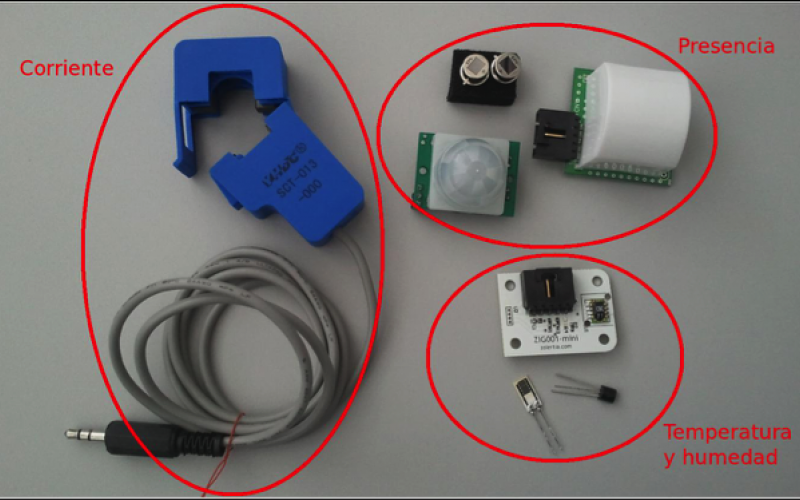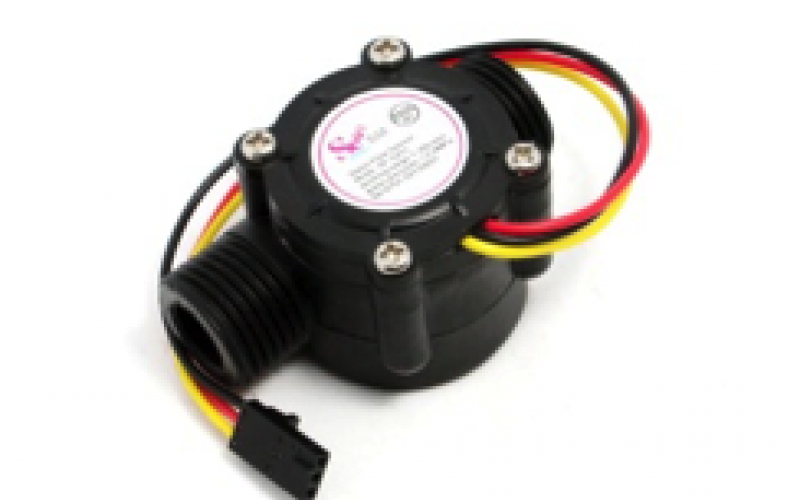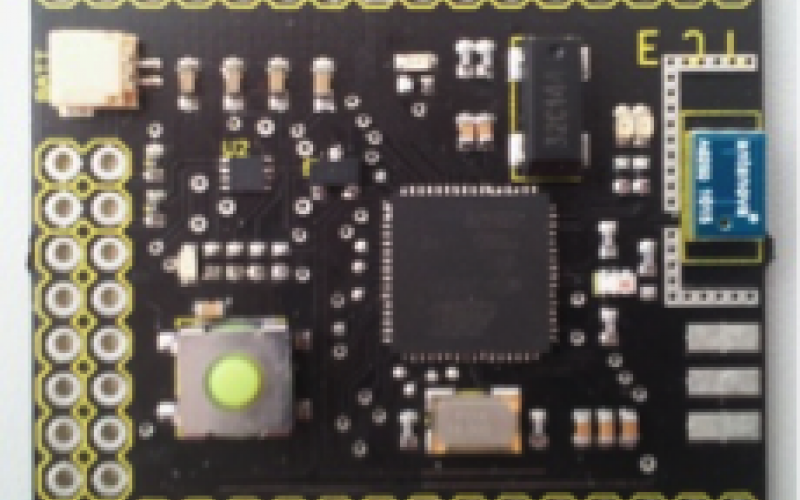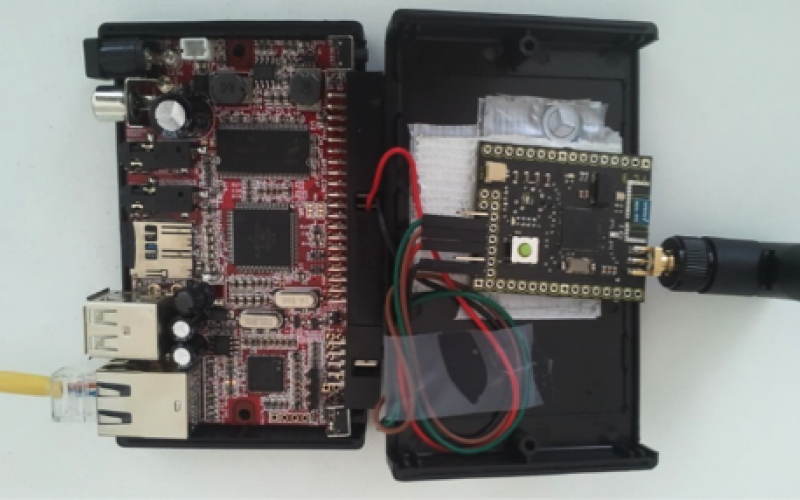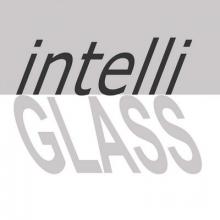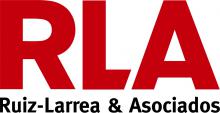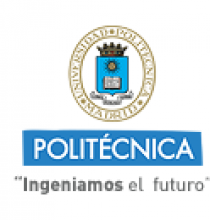Siglas
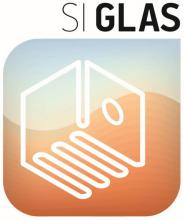
Project funded by the Spanish Ministry of Industry, Energy and Tourism in the 2010 Avanza program, with file number TSI-020302-2010-118.
The goal of this project is the design and development of a building energy management intelligent system, for the achievement of a high energy efficiency incorporating Radigalss (isotherm building envelope), Biopix (perfective building envelopes) and STH (hygrothermic raised floor) technologies.
This project seeks new strategies for the optimization and reduction of energy consumption in buildings, and aims to gather data from the energy flows in them. For this purpose, a monitoring network will be developed for measuring consumptions and analyzes the behaviour and efficiency of these systems. A fundamental part of this project consists of the real implementantion of the proposed technologies in three pilot demonstrators: the new Andalucian Energy Agency headquarters, the ETSIA-UPM workshop and a portable SIGLAS prototype.
Objectives:
- Generation of control strategies on active systems to reduce energy consumption.
- Integration of active and passive systems to achieve an improvement in energy efficiency.
- Lay the groundwork for an intelligent building that is able to modify their behaviour to optimize energy consumption.
Architectonic objectives
- Architectonic integration of Radiaglass, Biopix y STH technologies.
- Definition of constructive systems and installation manuals that allow the repeatability of the system.
- Study of the systems in the three real demostrators.
Modelling objectives
- Modelling of the behaviour of active and passive systems
- Improvement of energy simulation tools.
Monitoring objectives
- Monitoring of energy and enviromental parameters that affect the rooms built using the Radiaglass, Biopix y STH technologies.
Control objectives
- Energy management application with integrated control strategies.
The activity of CeDInt is focused in the development of the monitoring network. The work consists of the design and implementation of a sensors network and a monitoring software. The network has two main characteristics: high precission and portability between the three demonstrators.
Technologies:
The technologies developed in this project are:
RadiaGlass and iThermGlass technologies:
The RadiaGlass system is an enclosure formed by transparent or translucent sheets that form a chamber through which a liquid in closed circuit flows, that transfers or absorbs energy to the outside and inside, a heat exchanger in contact with the liquid and a circulation pump.
The iThermGlass system: consists of a triple glazing with double camera (water into the air chamber to the outside). It can be used on glass facades and roofs in cold climates.
It offers maximum comfort conditions due to the following factors:
- Uniform temperature distribution.
- Elimination of air currents, thus increasing the comfort level.
- Substantial reduction in the energy cost of the installation as it allows to work with lower temperatures in heating and higher in cooling with equivalent thermal comfort grade.
Sensors for monitoring networks
For the study of the energy situation of the pilot areas consumption meters and sensors will be used, whose specific characteristics depend on the definition of requirements to be performed in the early stages of the project. A study of those technologies and protocols with greater representation in the market will be held: KNX, Lonworks, ZigBee, EnOcean, etc. and the most appropriate will be selected depending on the needs and characteristics of the area under study (giving priority to those that are more respectful with the environment).
New techniques and intelligent management strategies
In this project we will work on new intelligent control techniques applied to improving energy efficiency in buildings. Smart strategies will be defined for optimal management. In particular, we will study the possibility of applying concepts of Ambient Intelligence and Context Awareness to implementing energy efficiency strategies to be carried out in buildings.
Technological or functional novelty
This is a multidisciplinary project where contributions are made in various scientific and technological fields. The most important technological and functional innovations of the project are:
Integration of monitoring and management systems.
Usually each of the building elements that form part of the envelope of buildings (materials, structures, etc.) and the different systems installed within them (lighting, air conditioning, heating...) are developed by different companies and tested and studied so individually, independently of each other. That is, there is no global approach to study the behaviour and consider joint action of these systems to achieve a reduction in the energy consumption of buildings. However, studies show that by integrated management systems could achieve much better results from the point of view of energy saving and efficiency. On the other hand, from the European Commission, the Unit "ICT for Sustainable Growth" highlights the importance of Technologies of Information and Communications for greater energy efficiency in buildings. In this sense, it recommends the use of ICT for development of simulation tools, modelling, analysis, monitoring and visualization serving for support at both the design and the control of systems stages.
Considering the aspects mentioned in the preceding paragraphs, the main novelty of this project lies in the integration of active and passive systems of the building in the same tool that integrates energy management control logic based on ICT. It is the first system of energy management in buildings whose control strategy is calculated based on:
- Building envelope as an active part of the system (blind walls, holes, etc.).
- Incorporation of technologies RadiaGlass, Biopix and Subway.
- Installed systems: lighting, air conditioning, etc.
- Monitoring of energy consumption.
- Environmental and weather conditions: analysis of the geographical location of the building, orientation, etc.
- Context and specific uses of the building.
- Policies for efficiency and energy savings.
- Using ICTs to the definition of intelligent management strategies.
With the proposed system in this project the development of an integrated several energy subsystems system intended to transform the building into an active system with capabilities to respond to various situations caused by changes in weather conditions or internal changes (number of people, heating equipment ...).
Techniques intelligent energy management.
Another functional novelty of the project is the application of concepts of Intelligence and Context Awareness Environmental to the Management System for creating intelligent spaces. With this we intend that the technology developed is transparent to the user as much as possible, allowing the user to interact with the systems and the environment naturally and effortlessly. That is, the technology itself is adapting to the individual and its context (the surrounding environment), thus improving the quality of life of users.

